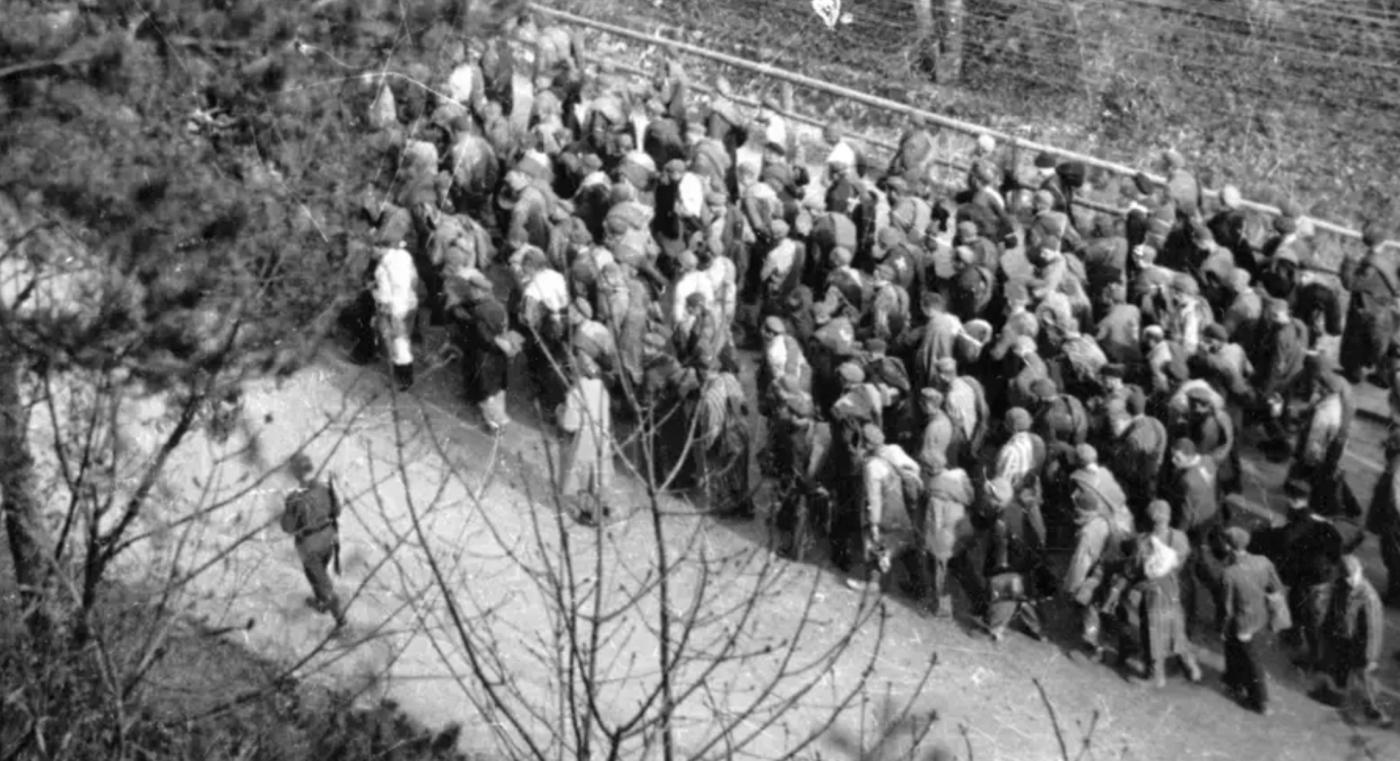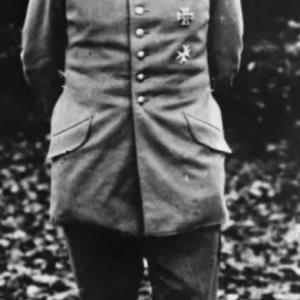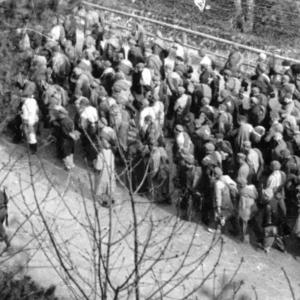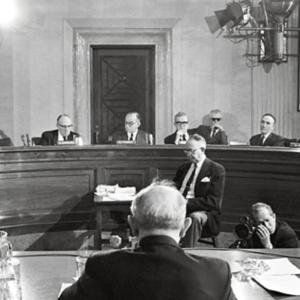
Budapest Death march
The Szálasi government that took power in Hungary in mid-October 1944 was a far-right Arrow Cross regime installed with the help of German pressure once Regent Miklós Horthy showed signs of seeking an armistice. Under Ferenc Szálasi, Hungary moved from reluctant Axis ally to obedient German satellite. In late October the new regime agreed to a German demand for Jewish laborers for emergency fortification work, promising to deliver roughly fifty thousand Jews from Budapest. Germany no longer trusted the Hungarian state or army to implement this reliably, so Arrow Cross paramilitaries and German SS officers coordinated a rapid extraction inside the capital.
Rather than deporting by train as had largely been done earlier in the year under Adolf Eichmann, the accelerated collapse of the transportation network pushed the Germans to force tens of thousands of Budapest Jews to walk west under guard toward Austria. The first large forced columns left in the opening days of November 1944, generally cited as around 6–8 November. From the Óbuda brick factory collection point on the northern edge of the city groups were marched in successive waves along the Danube valley and then into western Hungary. Their ultimate destination was the Austrian border region, principally the area around Hegyeshalom and onward into the Vienna Basin, where Germany was building extensive fortifications under the Südostwall project to hold back the advancing Red Army.
The distance covered varied with route and halts but was approximately 200 to 220 kilometers. It could take well over two weeks depending on weather and the brutality of the guards. Food or medical care was almost non-existent. Many marchers were elderly, malnourished, or already weakened by previous persecution. Arrow Cross men and German escorts drove them on with rifle butts and whips. Stragglers were routinely shot in ditches or fields without pause. Night lodgings were typically in barns or open air, often without shelter in sleet and mud. Contemporary testimony speaks of extreme exhaustion, swollen feet, frostbite, corpses lining the roadside and locals forbidden on pain of death from offering food or water. The march formations were not single uninterrupted masses but continuous streams from different collection points, while private Arrow Cross death squads also murdered thousands of Jews thrown into the Danube inside Budapest during the same period.
Of the roughly fifty thousand forced out of Budapest in November, estimates of survival to the Austrian border are difficult because records were chaotic and some prisoners were diverted or later deported onwards by rail. Yet historians suggest that around ten thousand or more died or were killed before even reaching Austria. Those who did arrive alive were placed in improvised labor camps near the border, some being handed directly to the SS for deportation into Mauthausen or other camps deeper in the Reich. The forced marches fulfilled the German demand for slave labor to build defensive structures when trained military manpower was exhausted. For the Szálasi regime it was also an ideological fulfillment: eradicating the remaining Jewish presence from the Hungarian capital and proving total loyalty to Hitler. The November marches thus became one of the cruelest final atrocities of the Holocaust, a deliberately murderous transit on foot carried out at the very moment the German military position was collapsing.










